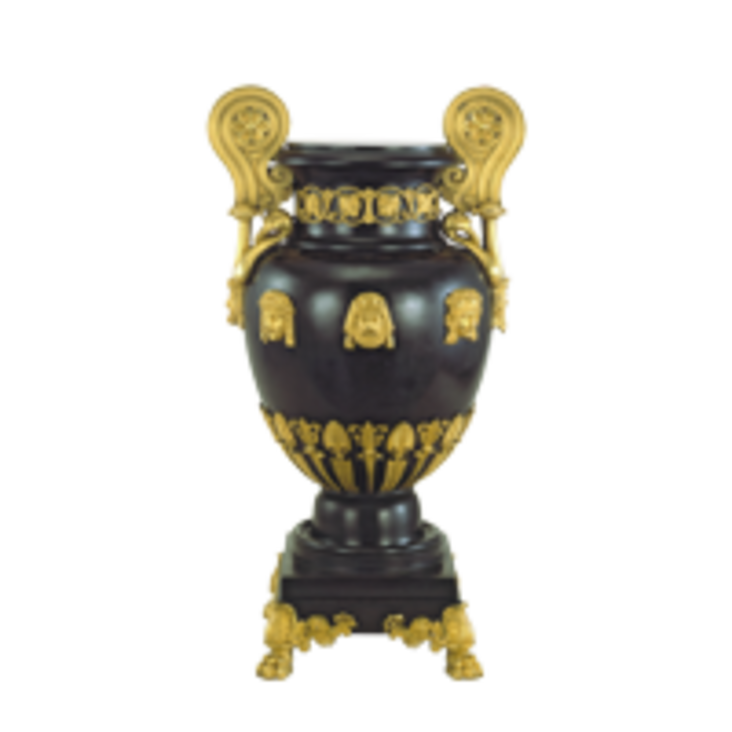Laure de Margerie delivered a Françoise and Georges Selz Lecture on Eighteenth- and Nineteenth-Century French Decorative Arts and Culture on Tuesday, January 29, at 6 pm. Her talk is entitled “Charles Cordier: A Hero of Polychromy.”
When Charles Cordier (1827–1905) started showing polychrome sculpture at the Paris Salon in 1853, he was advocating for an aesthetic in sharp contrast with the still dominant late neo-classicism. White marbles and plasters interspersed by dark bronzes filled the space, while polychromy was contained to specific areas: religious sculptures, anatomical waxes, and archaeological recreations. Cordier, by contrast, used bold color to serve his two main goals of contributing to the budding science of anthropology and creating highly decorative objects. He explored each and every type of existing sculptural polychromy, inventing new processes when needed and thereby blurring lines between art and science, art and decoration. Appreciation for his work was at its highest when it matched the Second Empire taste for art as instant gratification. Later, color became a common feature in sculpture and architecture, utilizing the many chromatic possibilities of new ceramic wares.
Laure de Margerie was head of the Sculpture Archives at the Musée d’Orsay, Paris (1978–2009). She curated several exhibitions, including La Danse de Carpeaux (Paris, Valenciennes, 1989), Carpeaux peintre (Valenciennes, Paris, Amsterdam, 1999/2000), and Facing the Other: Charles Cordier (1827–1905), Ethnographic Sculptor (Paris, Quebec, New York, 2004/05). In 2009, she started the French Sculpture Census in partnership with University of Texas and Nasher Sculpture Center in Dallas, and the Institut national d’histoire de l’art, Musée d’Orsay, Musée Rodin, and Ecole du Louvre in Paris. The project website frenchsculpture.org, which is constantly being enriched, presents nearly 500 years of French sculpture collected in the United States.



















